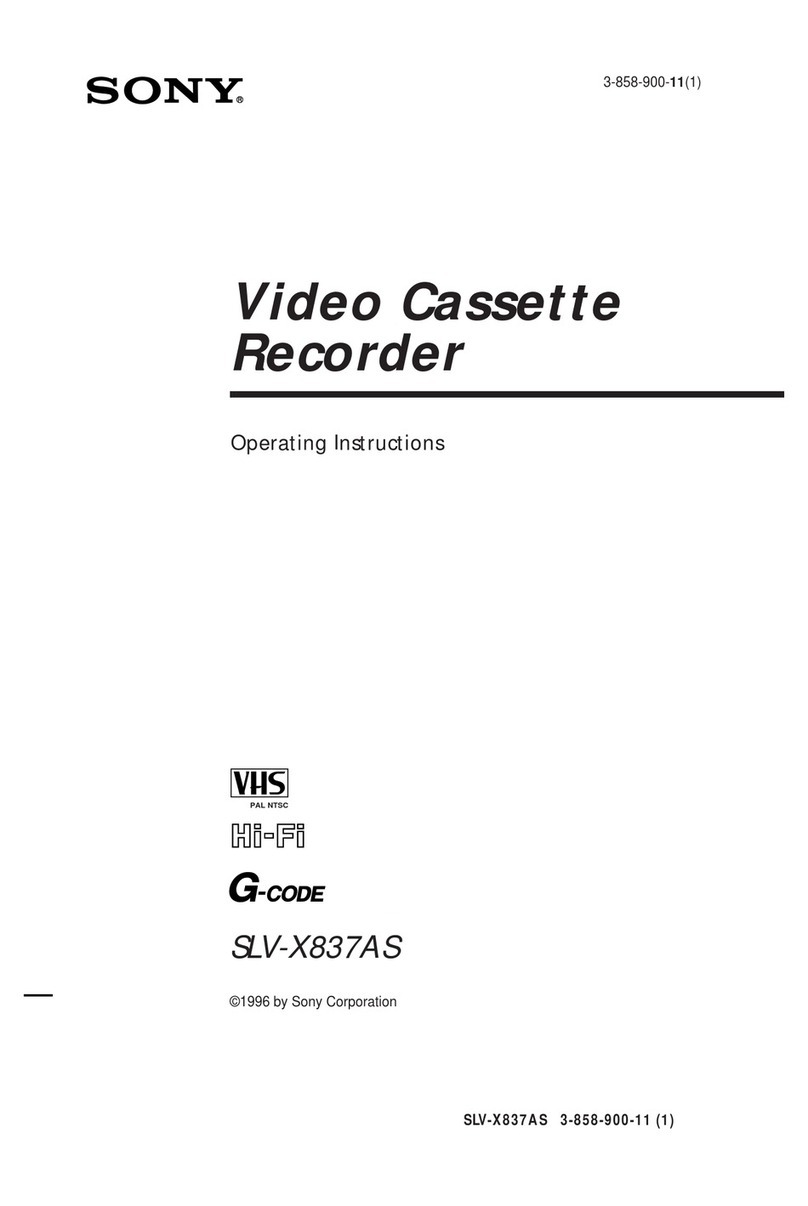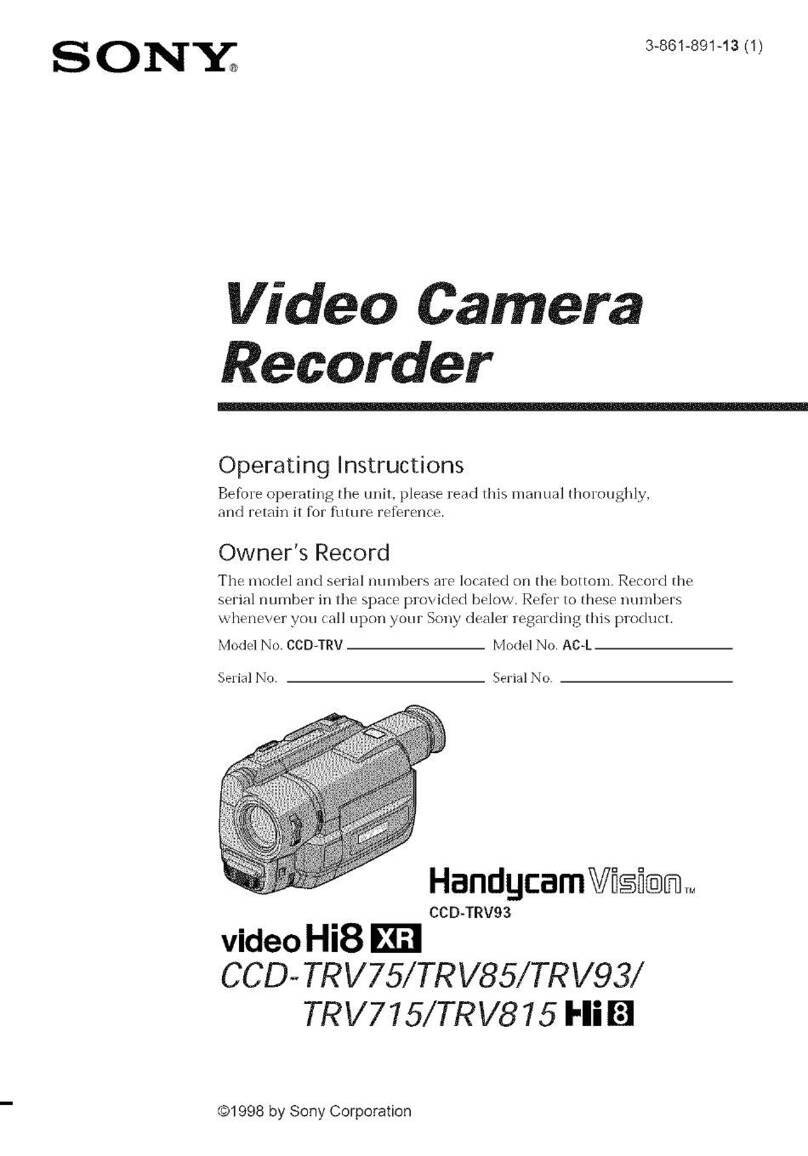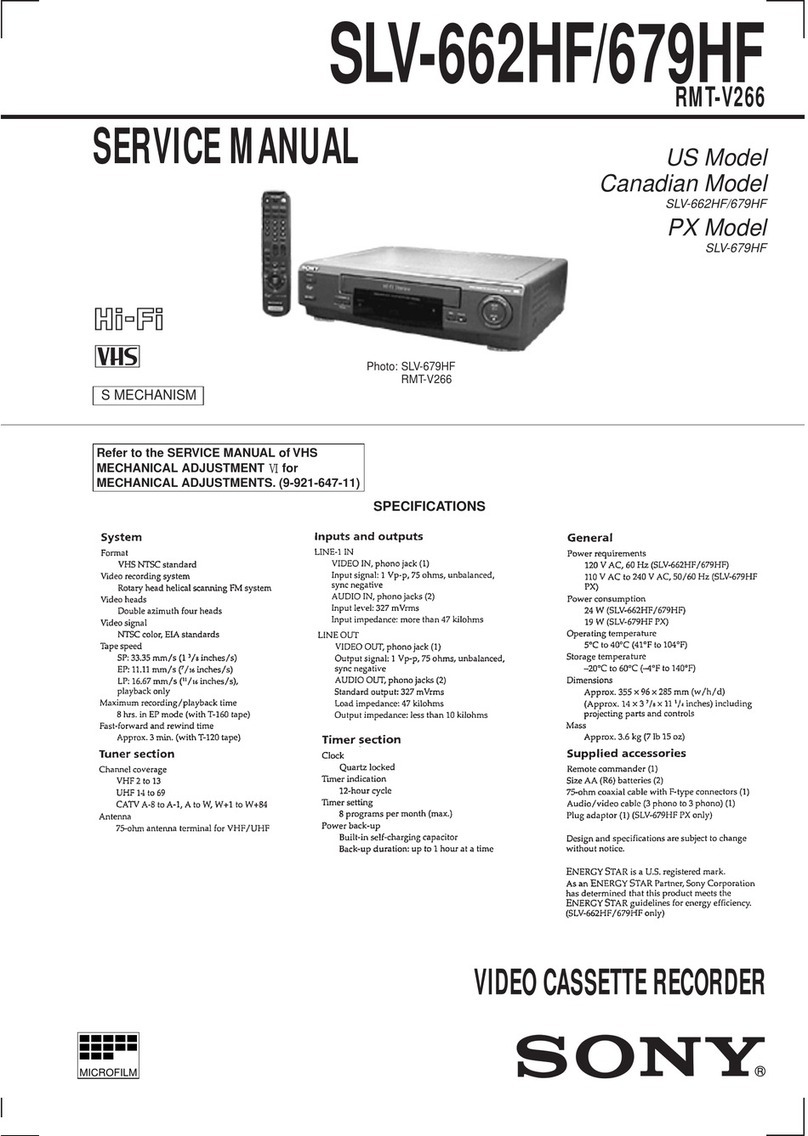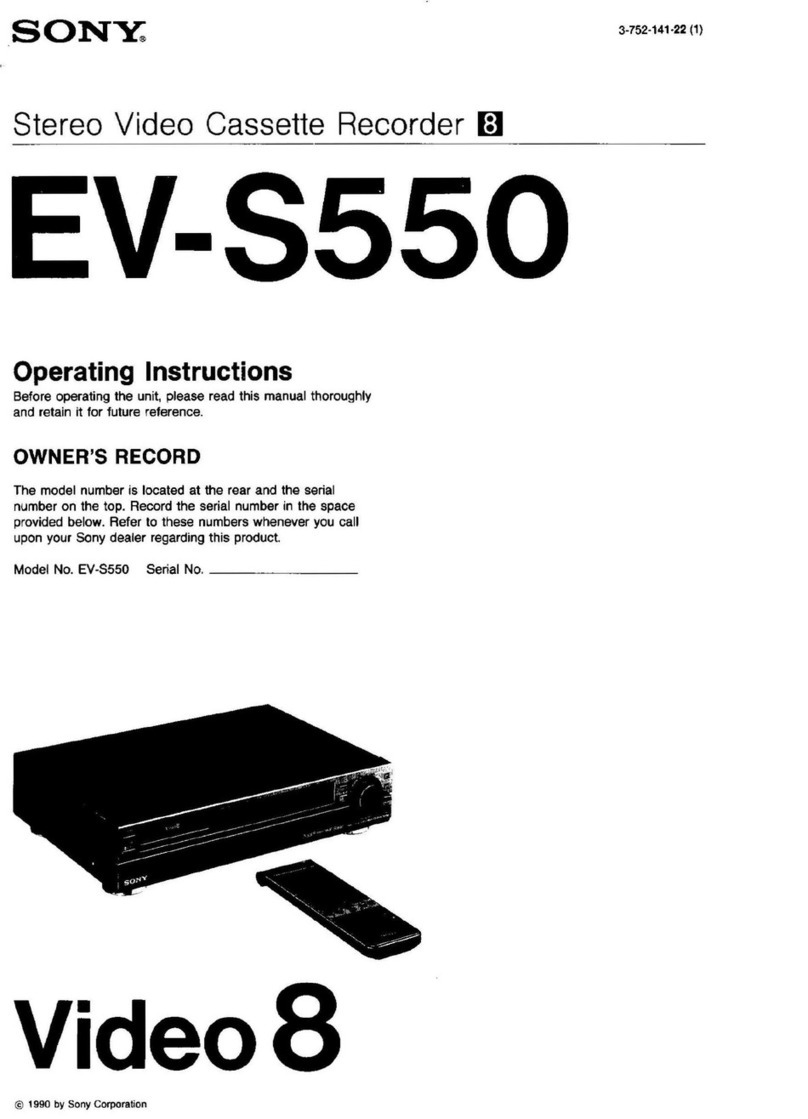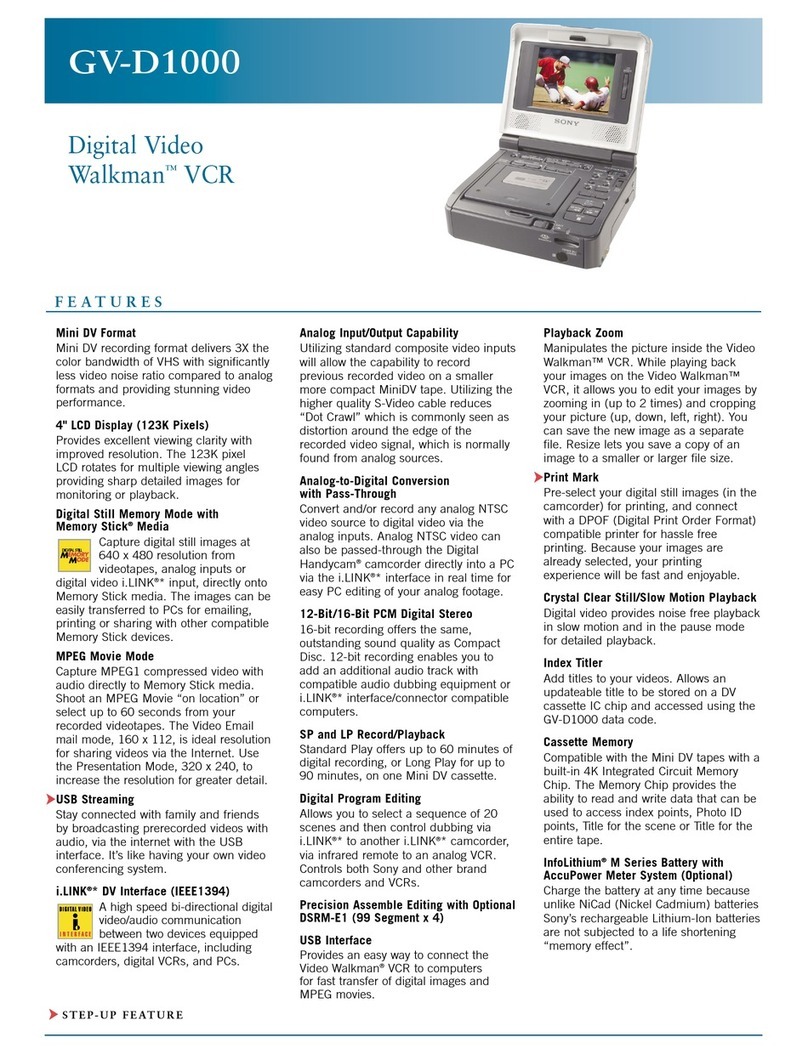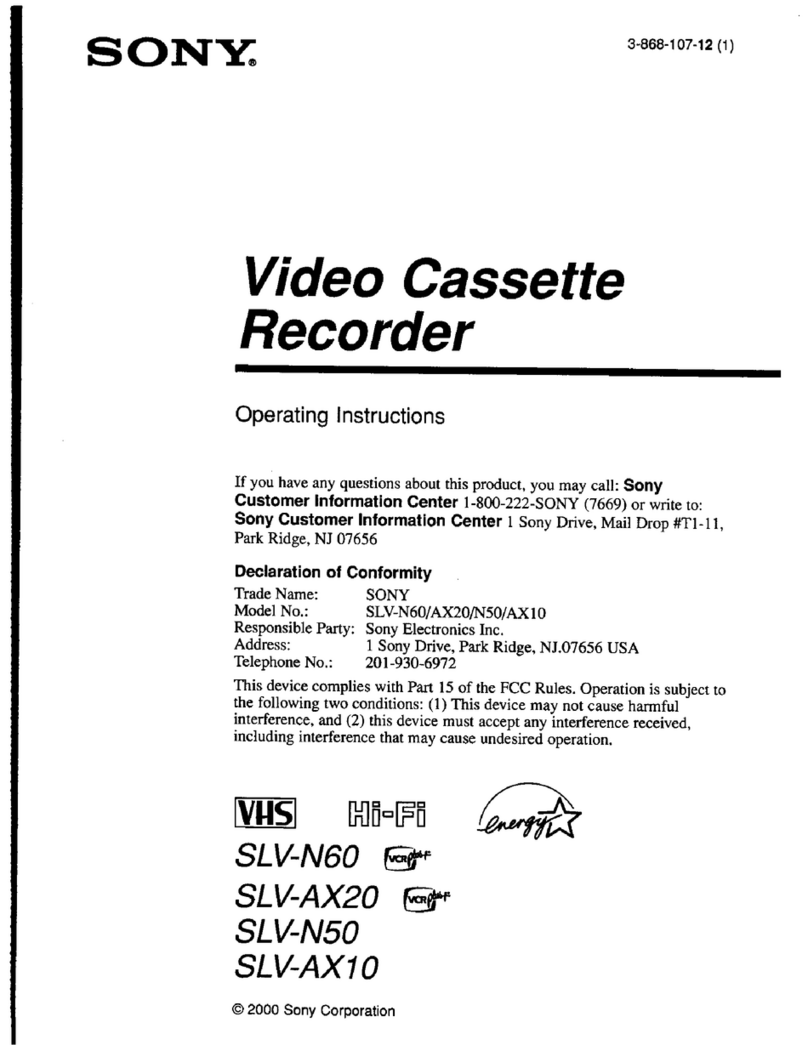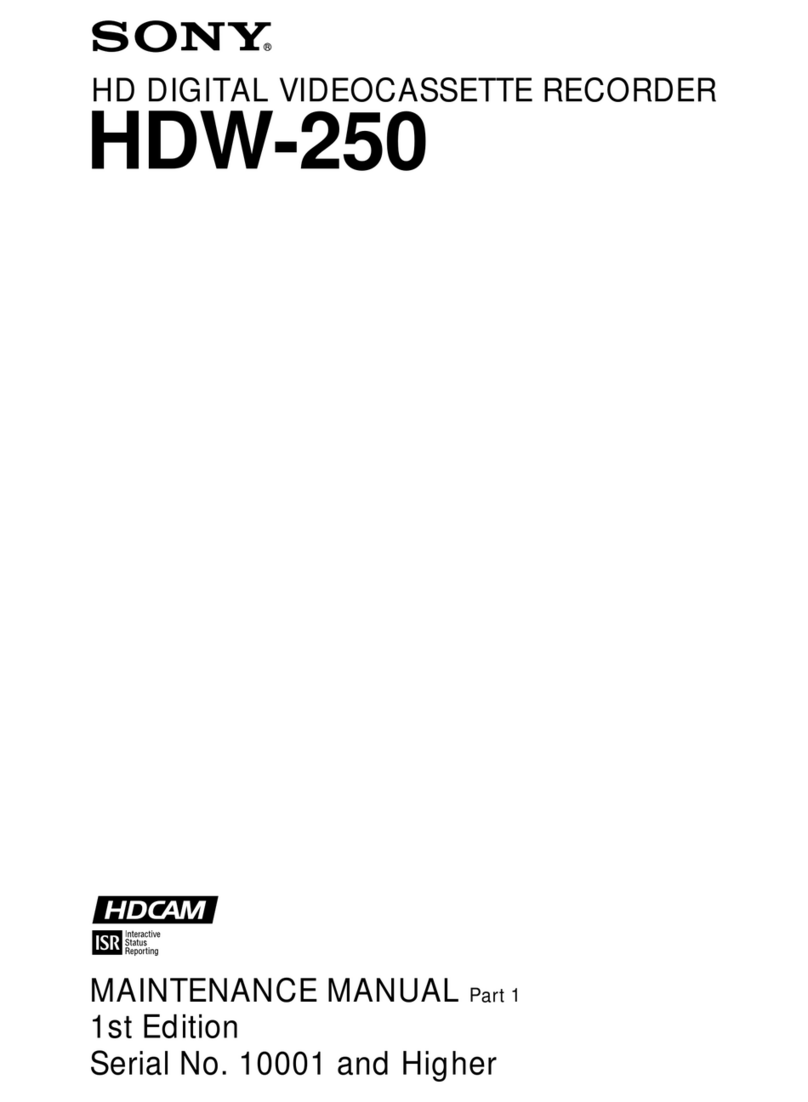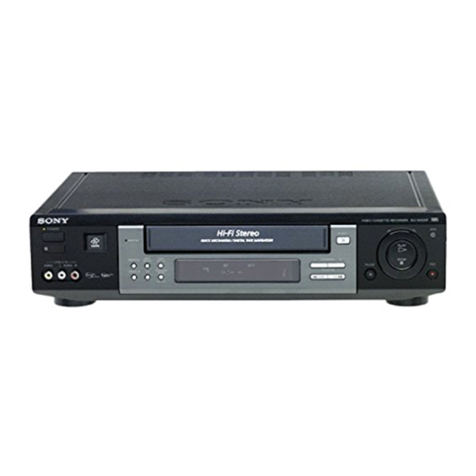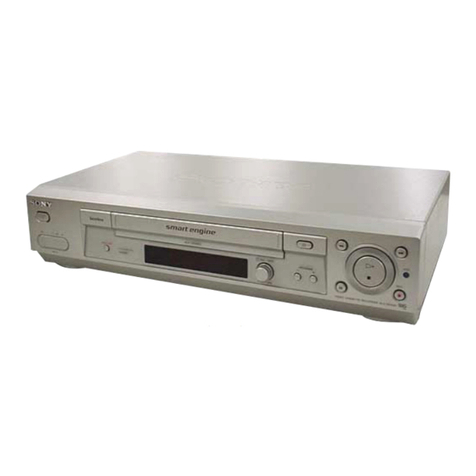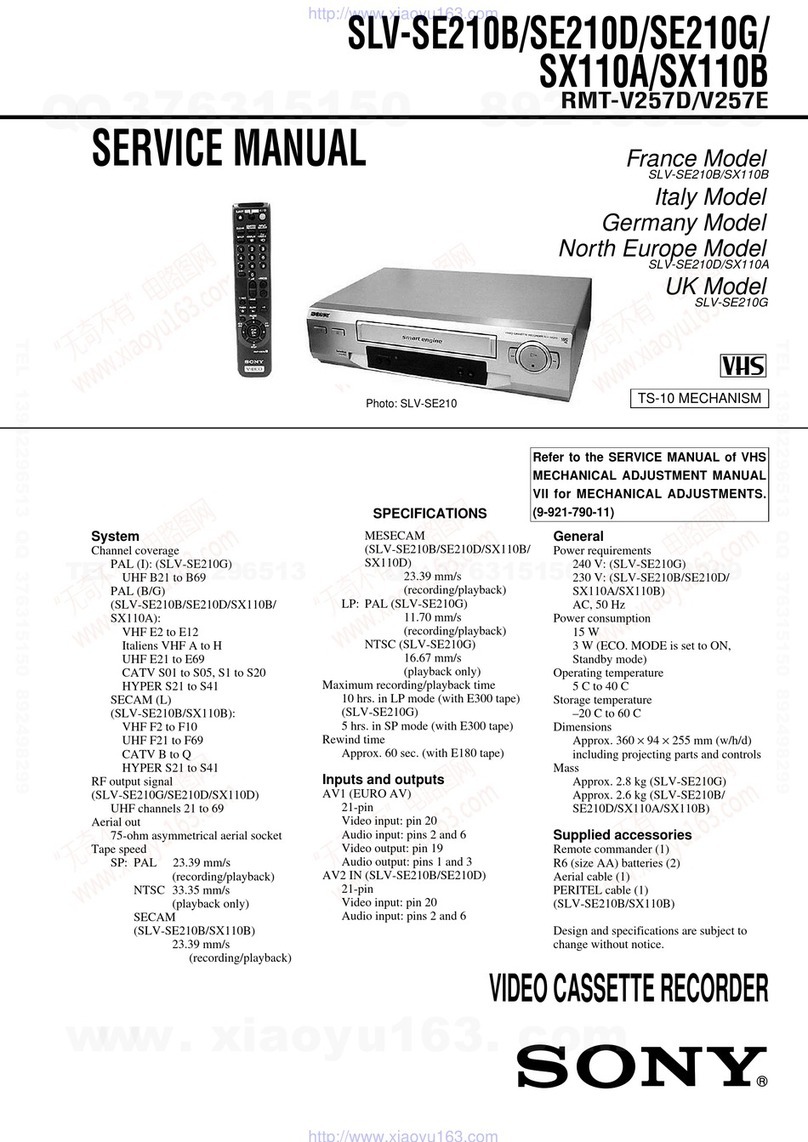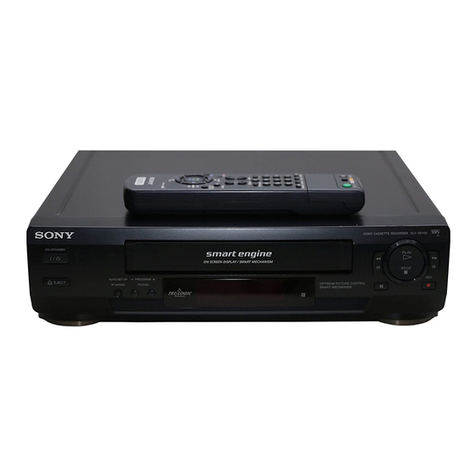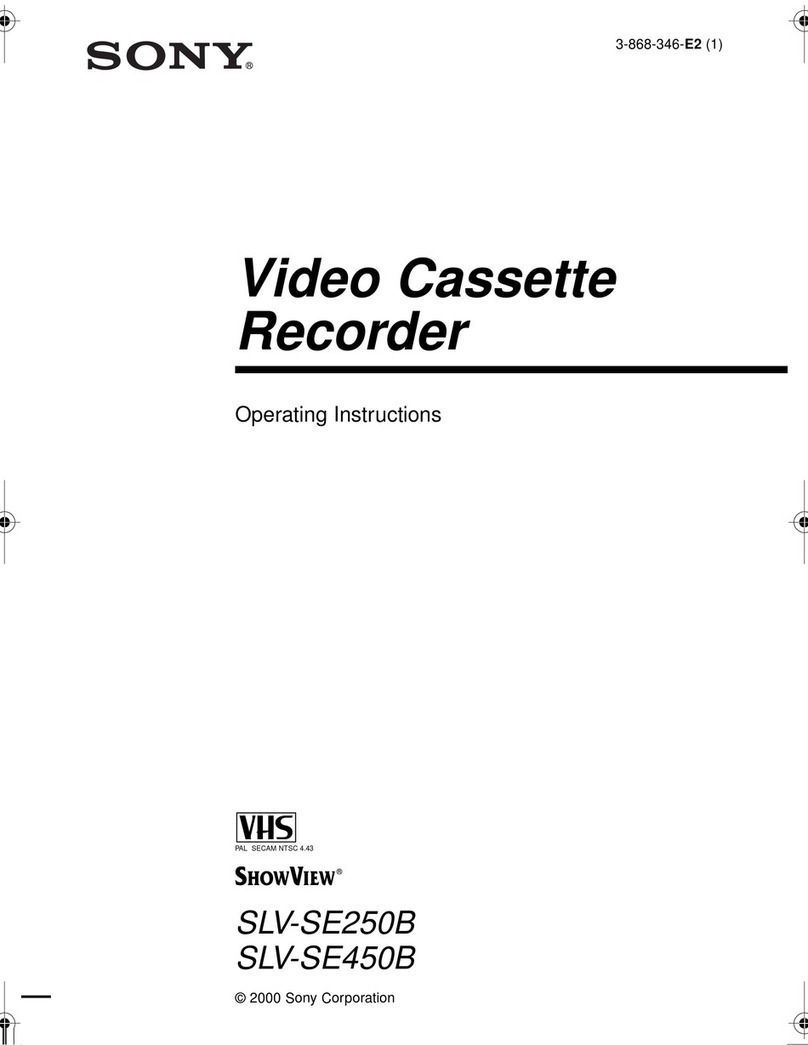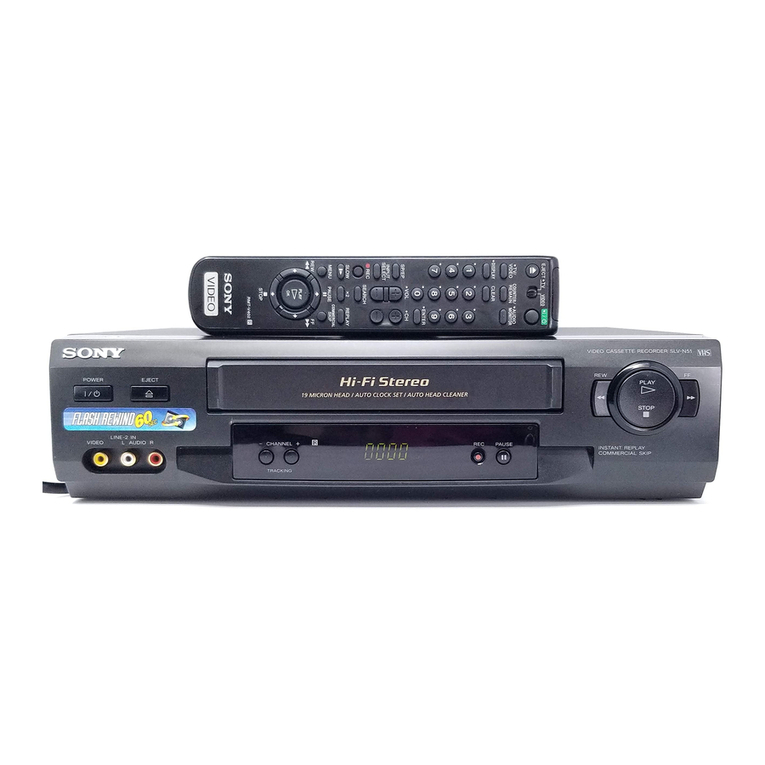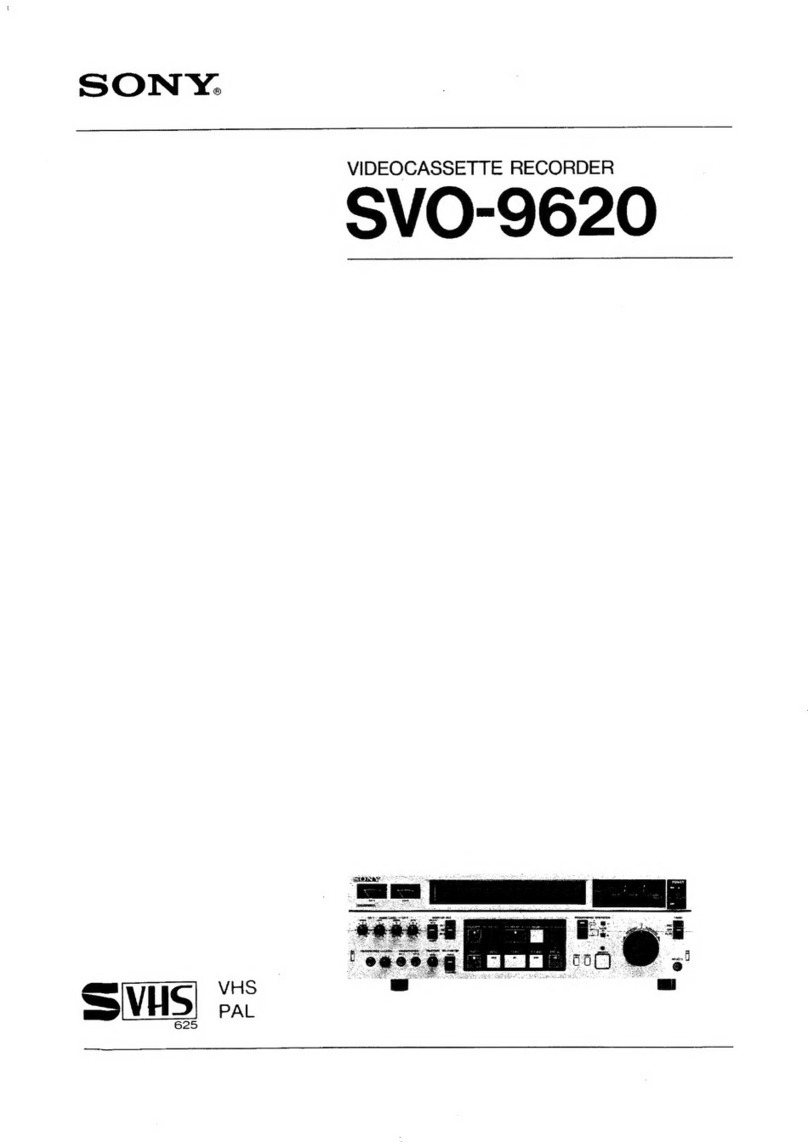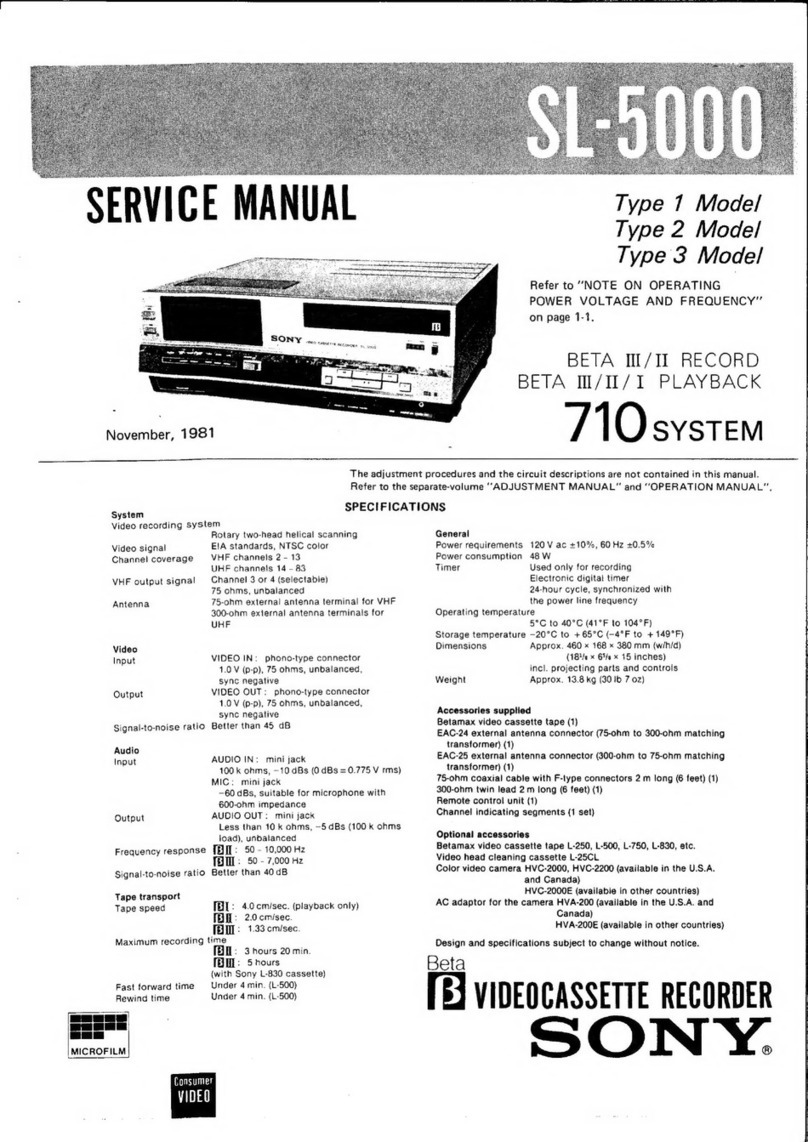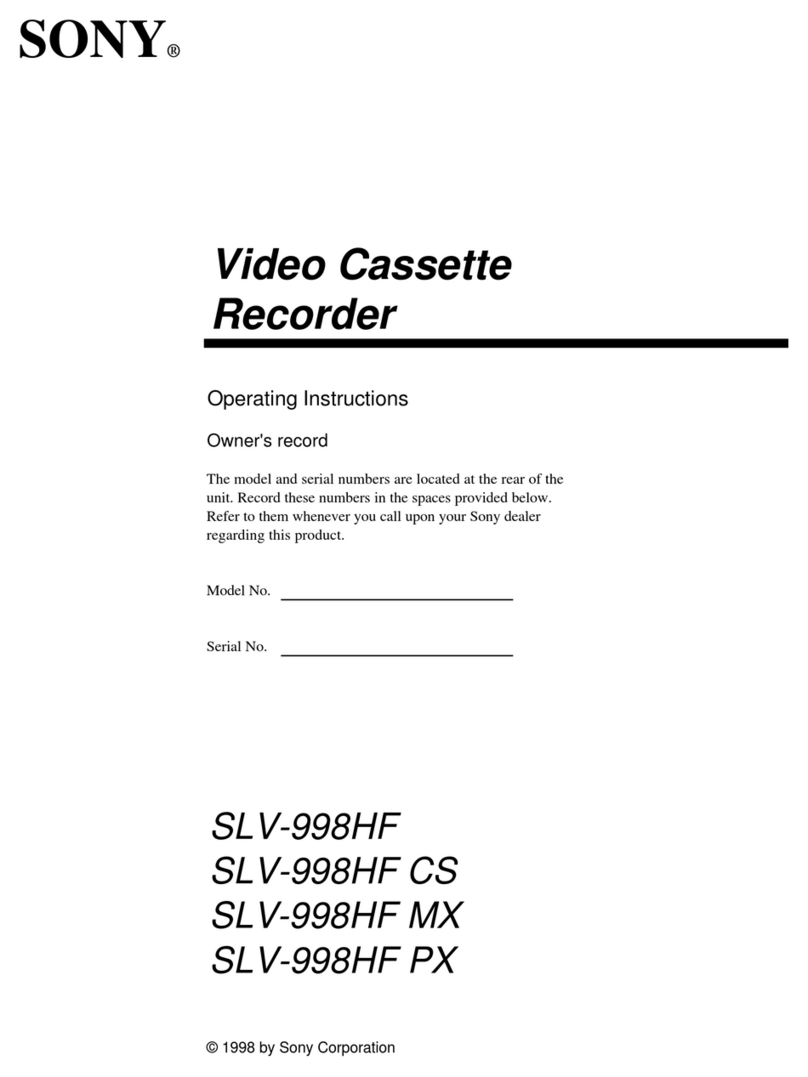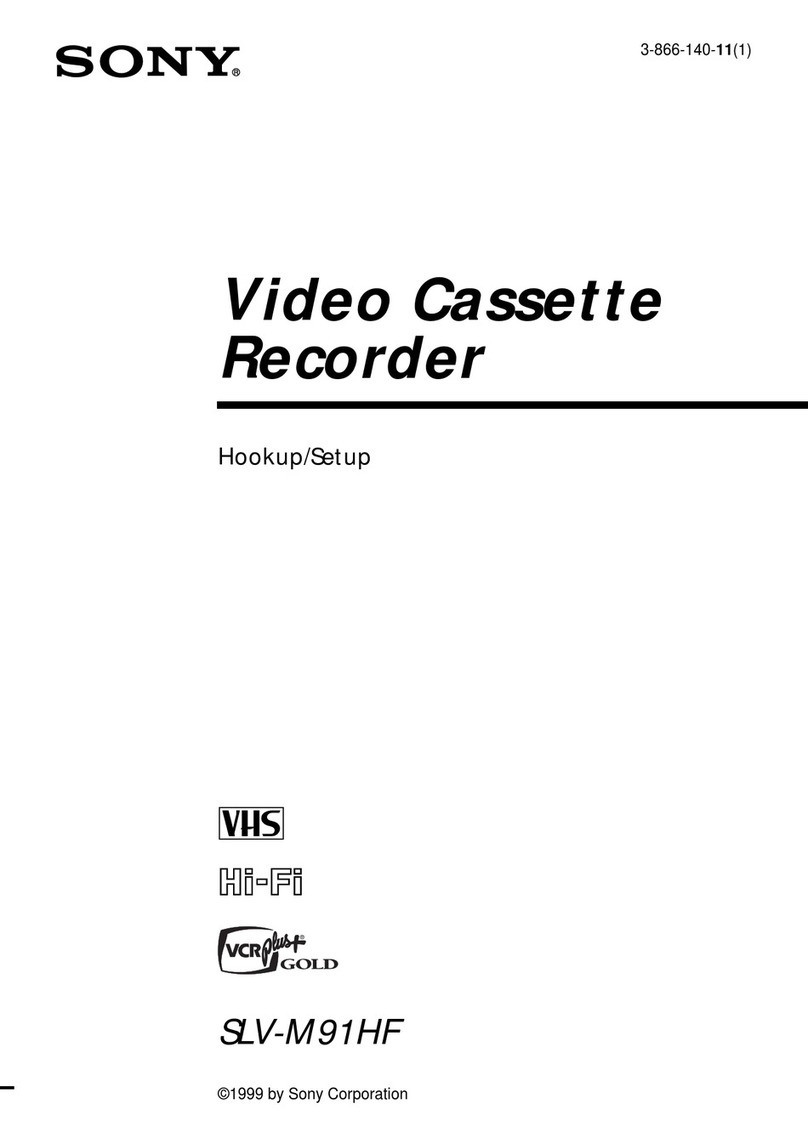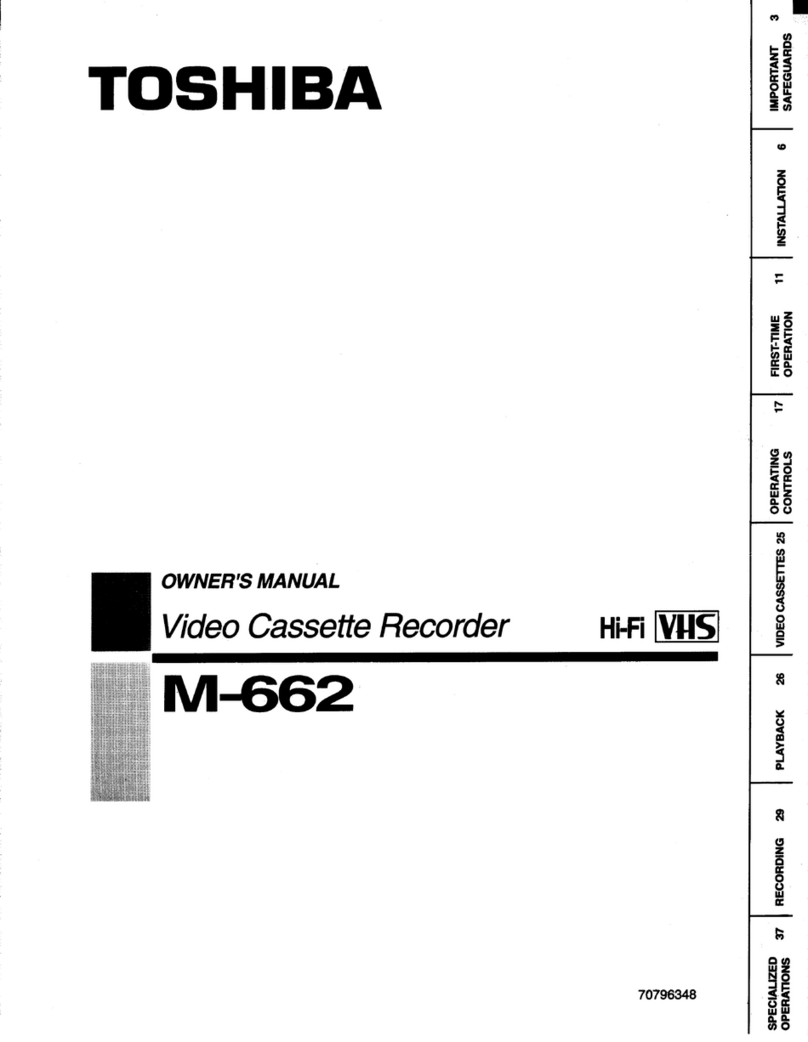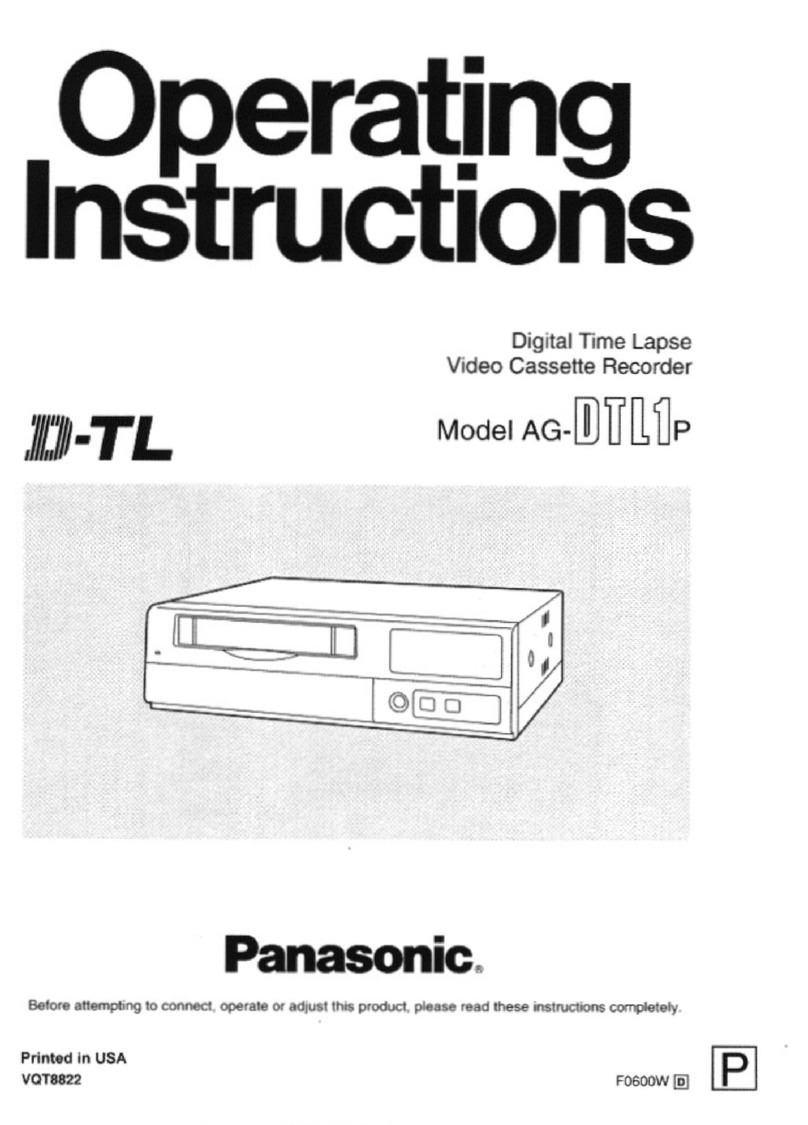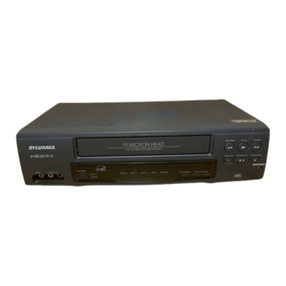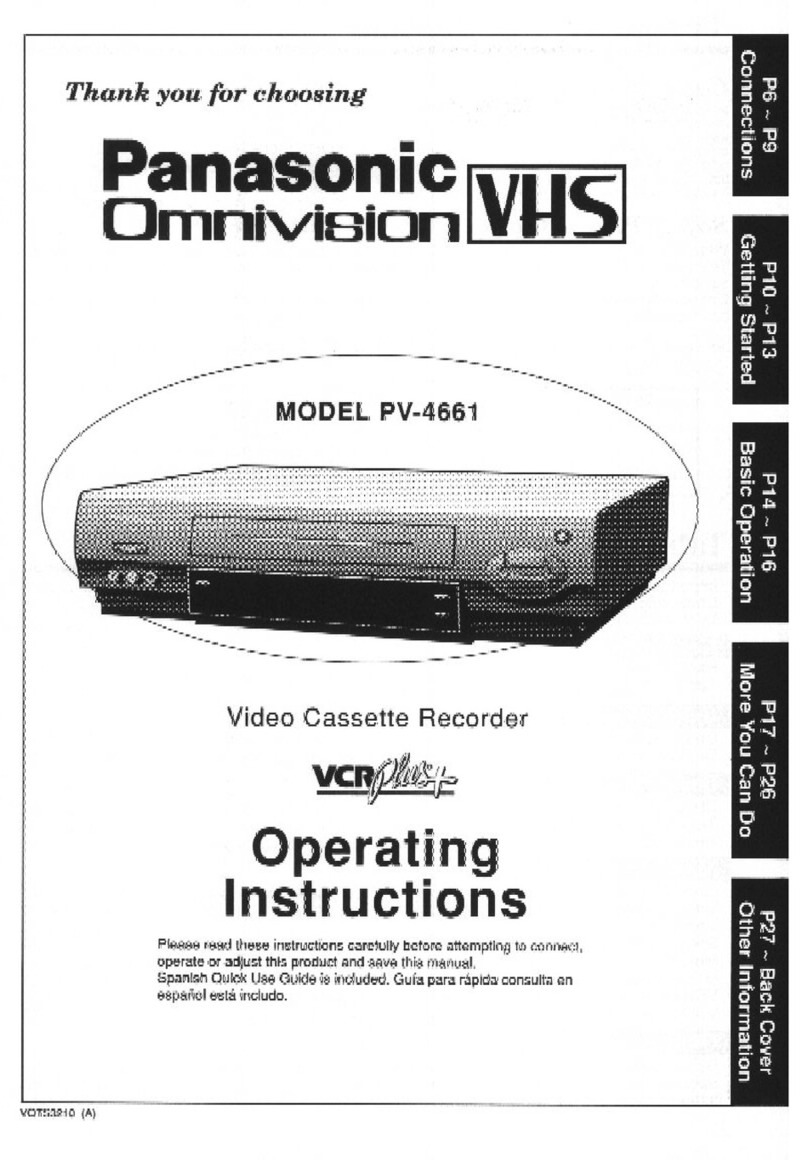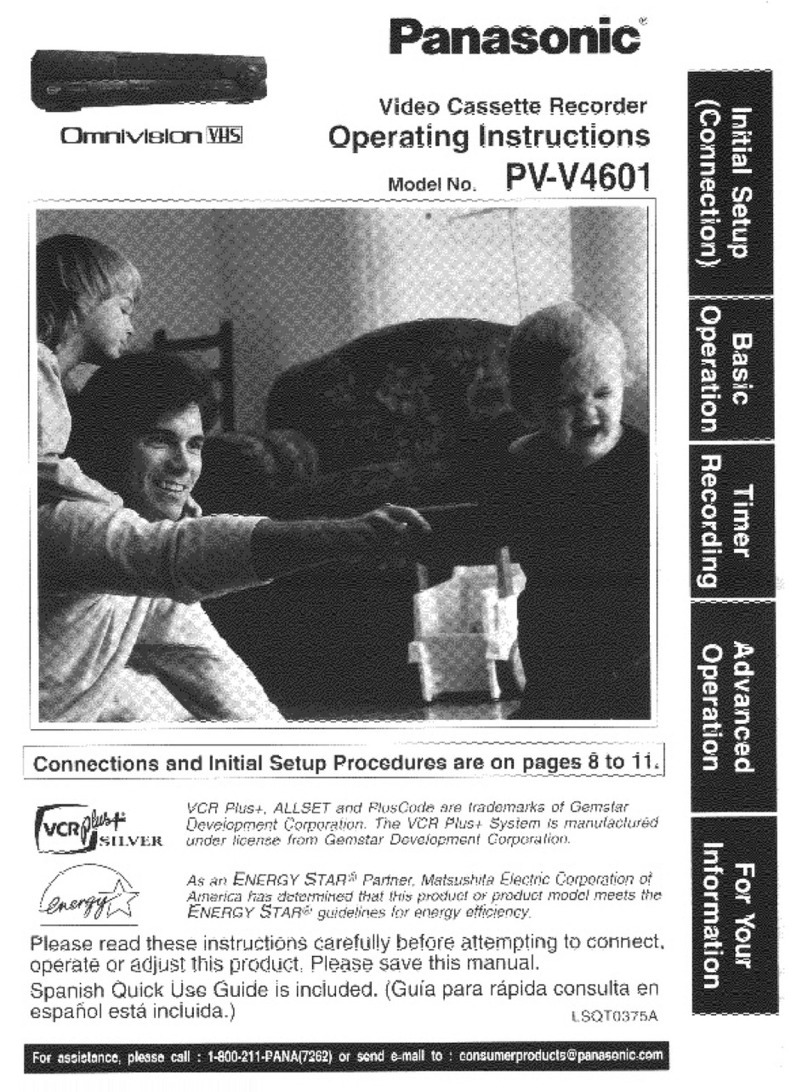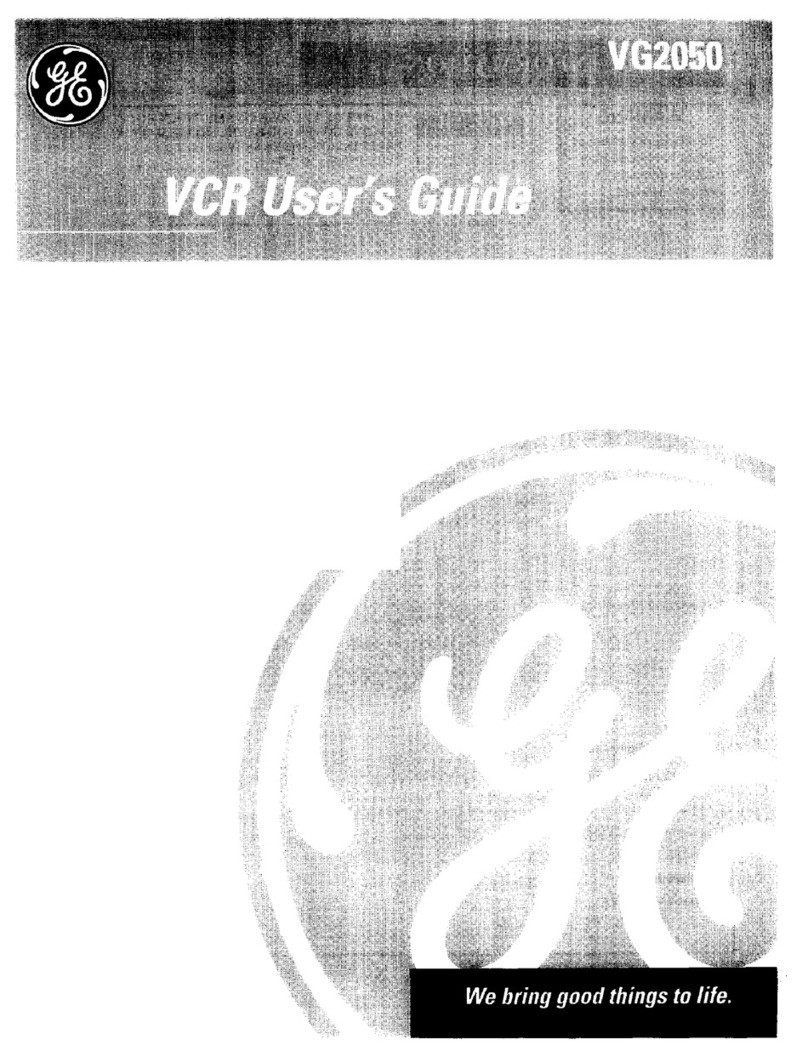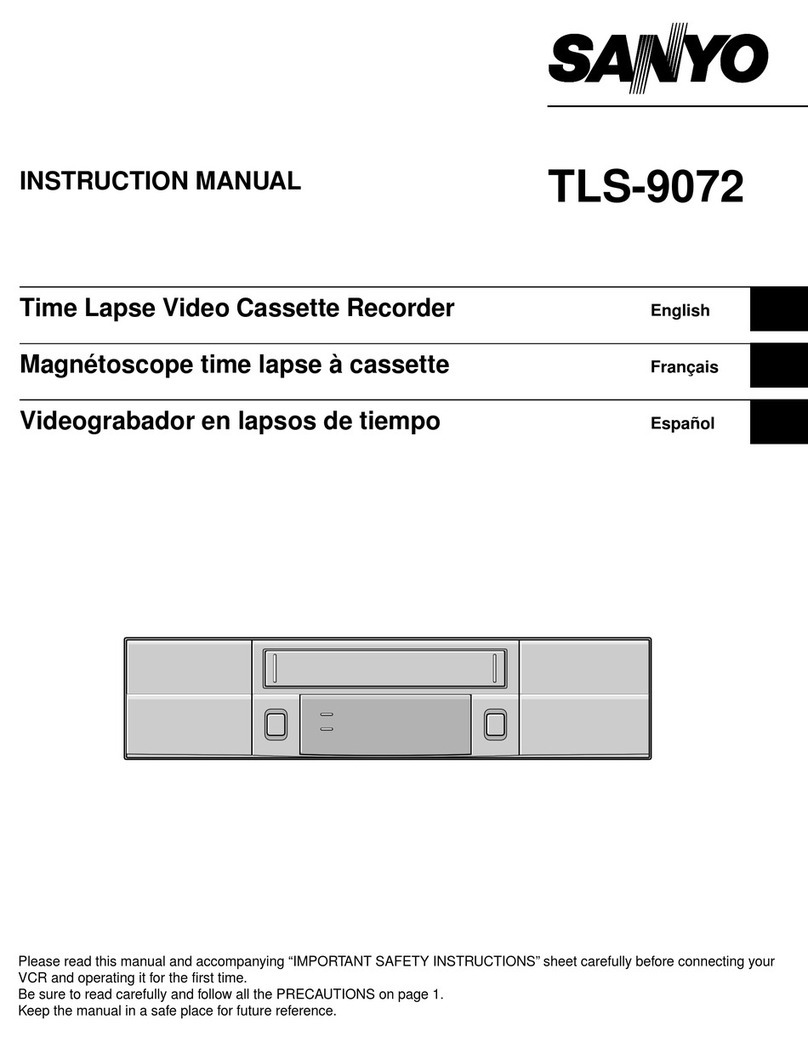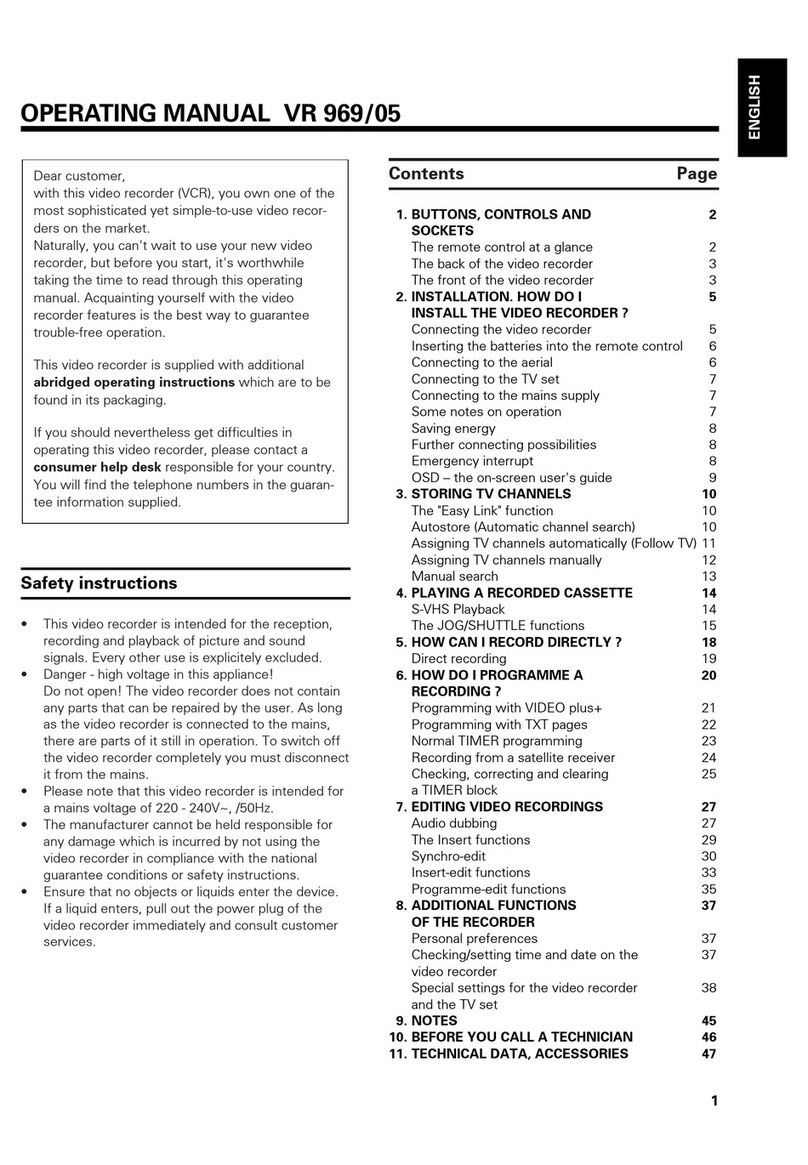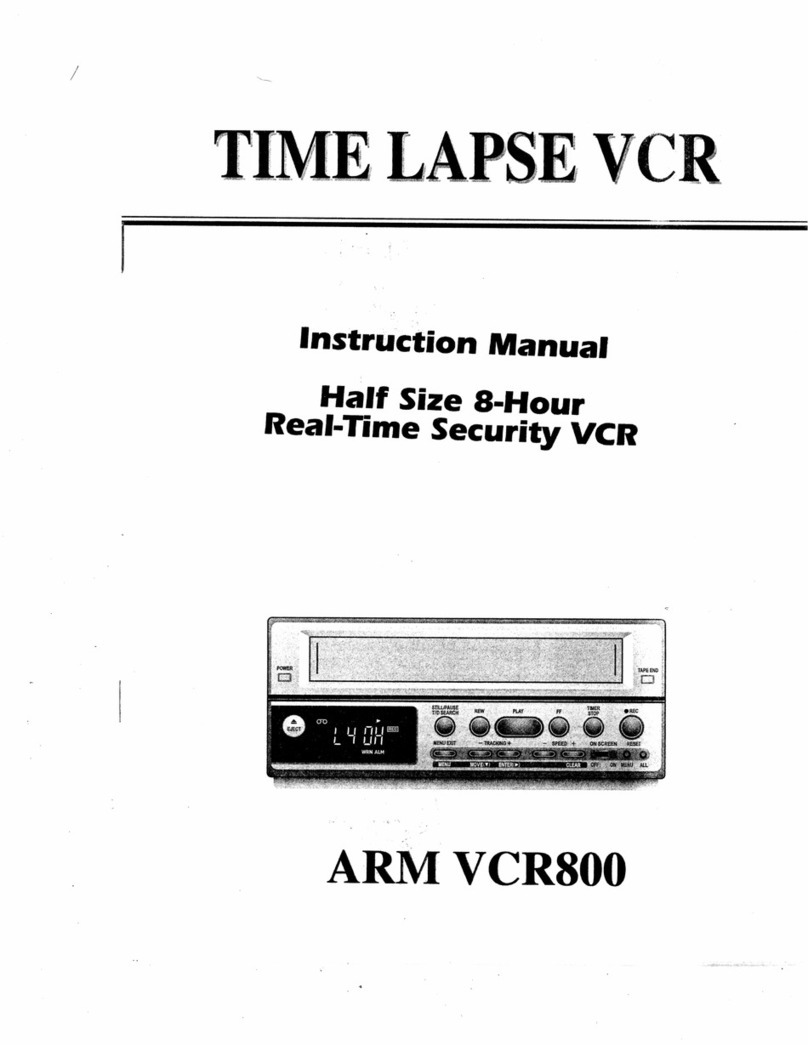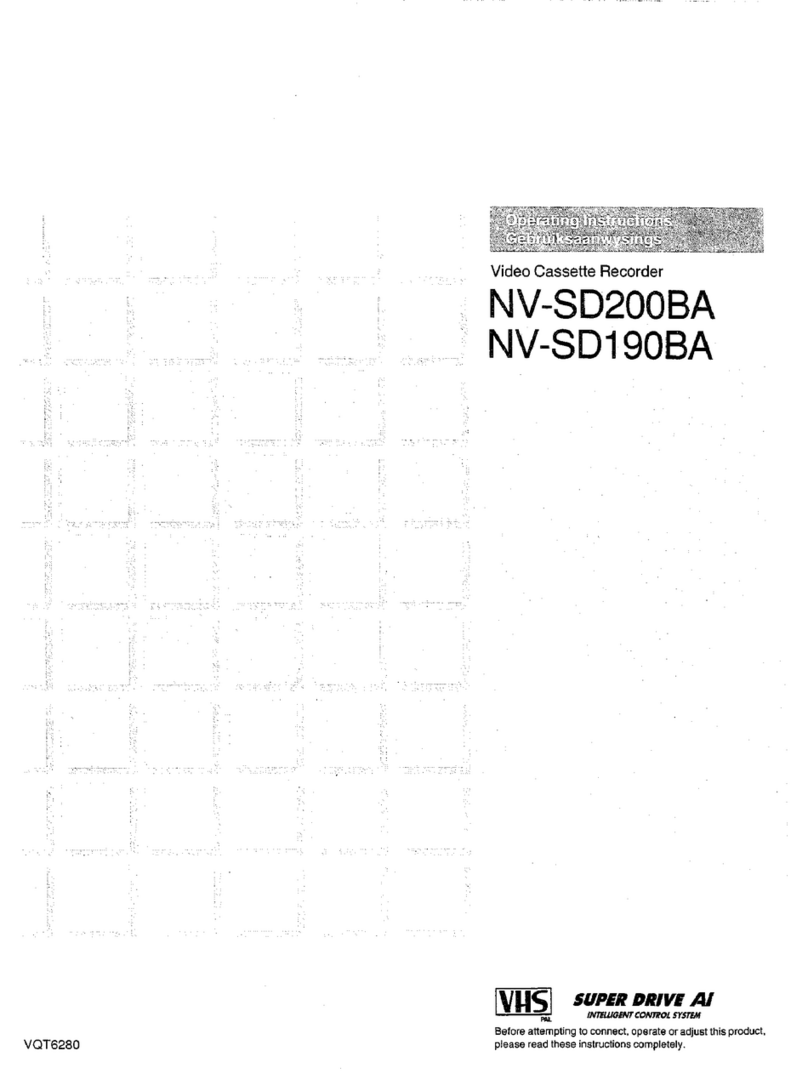@ REC TIMER LOCK lever (for only timer-activated recording)
To make timer-activated recording, move this lever to the right
while depressing the RECORD buttons and the recorder will be
locked in record mode,
To return this lever to the left, depress either of the function
buttons when the power is supplied.
@ Head direction indicator
ln the timer-activated recording {REC TIMER LOCK Iever is set
heads which has priority to the function buttons.
C) RECORD buttons
@ BIAS selector
Select the correct bias current for the tape used in record mode'
The following list shows recommended settings.
@ EQ selector
Select the optimal equalization characteristics f or the tape used
in record and playback modes. The recommended settings
are llsted below.
BIAS selector EO selector Tapes
NO R N4AL
H IGH SPECIAL With some tapes, {requencY
response may be good butdis-
tortion may be high.
oFor record, select proper setting of BIAS and EO selectors'
o For playback, select proper setting of only EO selector'
O MIC ATTenuator
ln normal use, this control should be in the "O" position'
When recording an excessively high level sound source with a
microphone, use this control for easier adjustment of mic level,
to prevent overloading the MIC amp of the recorder ; " 15"
attenuates 15 dB, " 30 " will attenuate 30 dB.
@ MIC input jacks
Connect any low impedance microphone equipped with a phone
pl ug.
@ MIC input level controls
Adjust the record level of the MIC and REC/PB input jacks
with these controls; inner knob for MIC-R input and outer knob
for MIC-L input.
@ LINE lNput level controls
Adjust the record level of ihe LINE lN jacks; inner knob for
R LINE lN jack and outer knob for L LINE lN jack.
@ VU meters
With the MONITOR selectors set at SOURCE, the meters show
the recording level. With the selectors set at TAPE, the
meters show the output level of the LINE OUT and HEADPHONE
jacks: 0 VU reading corresponds to 0.43 volts.
@) MONITOR selectors
For playback of tapes, set the selectors to TAPE. While record-
ing, the TAPE position monitors the recorded sounds and
SOURCE position monitors the sounds to be recorded (source
material), Record level adjustment can be made with these
selectors at SOURCE.
@ POWER switch
Turn on and off the power with this switch.
@ HEADPHONE jack
Connect 8-ohm headphones to monitor the recording level.
Headphones level can be adjusted by the PB LEVEL controls in
recording and playback.
@ PB LEVEL controls
These adjust the playback signal level of LINE OUT and HEAD-
PHONES jacks. This adjustment reflects on the VU meters
with a O VU reading corresponding to 0.43 volt output. During
normal use, set the inner knob (R channel) to the center detent
position and align the outer knob (L channel) with the inner
knob. lf the reproduced tape sound is too high or low when
reproducing rated level signal (0 VU) with the amplifier volume
control set around 9 to'12 o'clock position, adjust these knobs
to match ti;e amplifier sensitivity; fully clockwise rotation will
provide 5 dB boost, and fully counterclockwise rotation will
mute the sound. These controls will also be effective if the
tape was recorded with imbalanced levels.
SONY SUPER 150
SUPER A
TDK 150
scoTcH 150
Other 150 type tapes
SONY SLH
MAXELL LNE 35
AGFA PE 35
BASF LP 35, 35LH
scorcH 203,206
TDK SD 150
SPECIAL
